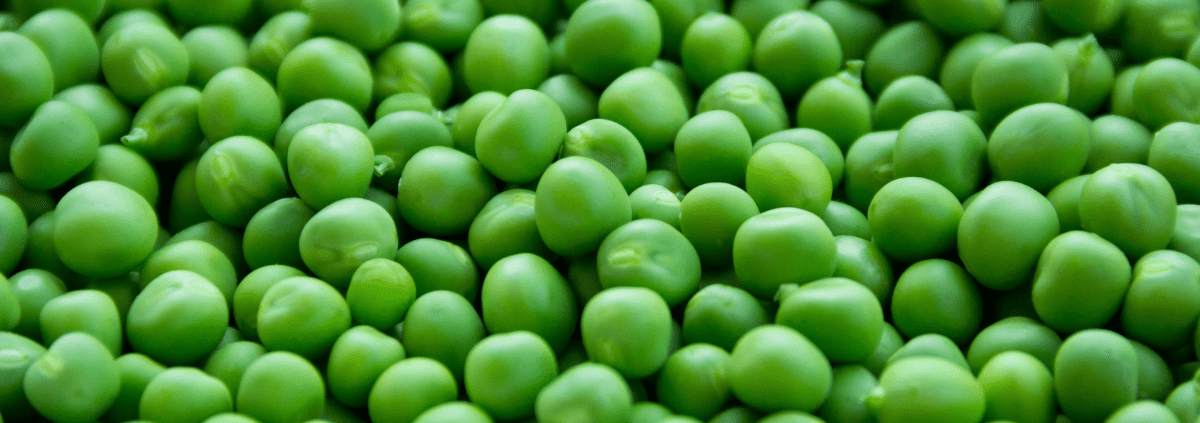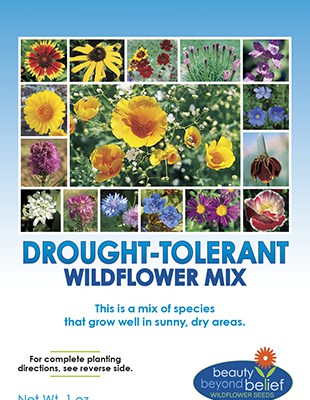Less is More
Give Plants the Attention They Deserve
by Sandy Swegel
One of my favorite things to do is spend other people’s money. Or better said, to go shopping with them and encourage them to buy the cool things they want to buy. I always covet plants and yet I know I don’t have the time or space to buy as many as I want, so it is fun to live vicariously through others. “Yes that Japanese maple would look beautiful by your front door.” “You just have to get this hand-forged trellis, wooden ones are so dinky and break after awhile.” etc.
I’ll still encourage people to buy quality garden structures or funky garden art, but I’ve slowed down on encouraging them to buy lots of plants. It was writing last week about biointensive gardening that reminded me. One of the themes of John Jeavons’ book is to create one garden bed and create it well (double dug, good soil amendments). Better to have one bed producing a lot of food than three beds barely eking out enough for dinner.
Plants need attention to establish, at least if you live in a difficult climate like Colorado. You can’t just plant a bunch of plants and ignore them. I know, I’ve accidentally killed a lot of plants that way. You just end up guilty at the waste or feel like a failure as a gardener. So slow down before you buy out the garden center or plant out hundreds of seedlings. Just because it’s inexpensive to grow from seed doesn’t mean your work growing and planting isn’t valuable. We’ll leave for another day, and a bottle of scotch, the esoteric discussion of the karmic implications of killing plants.
How to Practice Less is More
Focus on one section of your garden for new plantings
Decide to spiff up just one area this year with new plants. I encouraged my friend to focus on the entry bed for now and later get plants for the rest of the yard. Many gardeners have “nursery” beds for new plants where they let them grow the first year. They can remember to take care of the babies in the nursery.
Pick a learning theme of the year.
I kept twenty new plants alive and thriving the year I made an herb bed and planted twenty different herbs just to learn how they grew. (FYI, it’s easy to grow lots of ginger and one tansy plant is enough for the rest of your life.) Another year I focused on containers and planted containers of annuals each of one color in a matching pot. So cute. The focus on one kind of plant helped me be a better gardener.
Repetition
I love one plant of every kind, but a designer friend showed me how cluttered and unattractive that can be. Pick a few plants and repeat them and your garden will look professionally designed. For example, in a perennial bed, plant one kind of grass as a “bones” of the bed and plant a few native flowers around the base of each grass.
So enjoy the season and the new plants…but make “Less is More” your mantra. Unless of course you have a full staff like Martha Stewart does.
Photo Credits:
http://justfood.coop/the-co-ops-mothers-day-plant-sale-starts-saturday/


 plants with seeds or berries. Then the teachable moment came at a talk our County biologist gave on native plants. She pointed us to Douglas Tallamy’s book “Bringing Nature Home Bringing Nature Home: How You Can Sustain Wildlife with Native Plants”. Tallamy points out 96% of North American wild birds feed their young with insects and larvae (caterpillars). Now the adult birds – like humans — may like the high fat, high sugar treats (berries) we give them…but it’s the protein in the bugs that is so important to sustain our bird populations.
plants with seeds or berries. Then the teachable moment came at a talk our County biologist gave on native plants. She pointed us to Douglas Tallamy’s book “Bringing Nature Home Bringing Nature Home: How You Can Sustain Wildlife with Native Plants”. Tallamy points out 96% of North American wild birds feed their young with insects and larvae (caterpillars). Now the adult birds – like humans — may like the high fat, high sugar treats (berries) we give them…but it’s the protein in the bugs that is so important to sustain our bird populations.